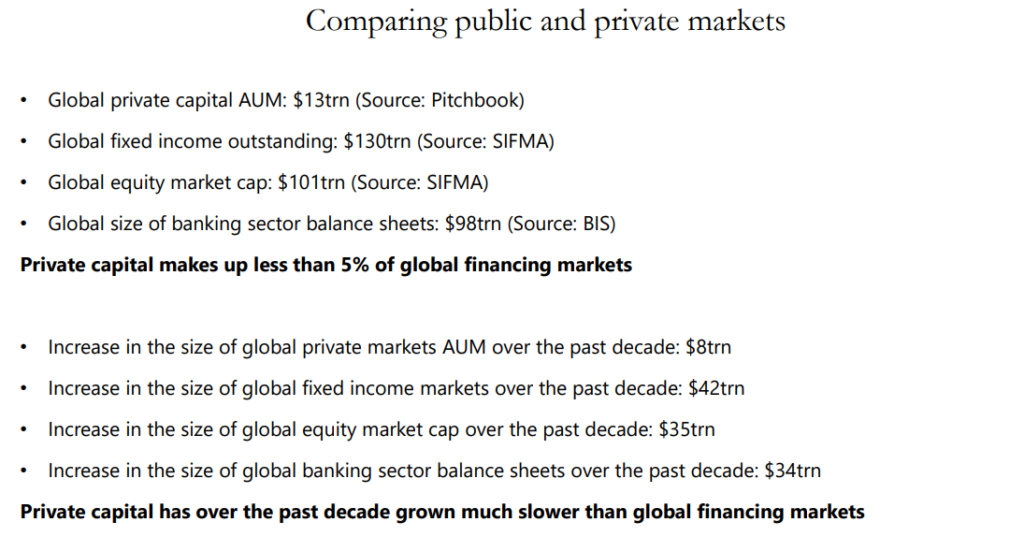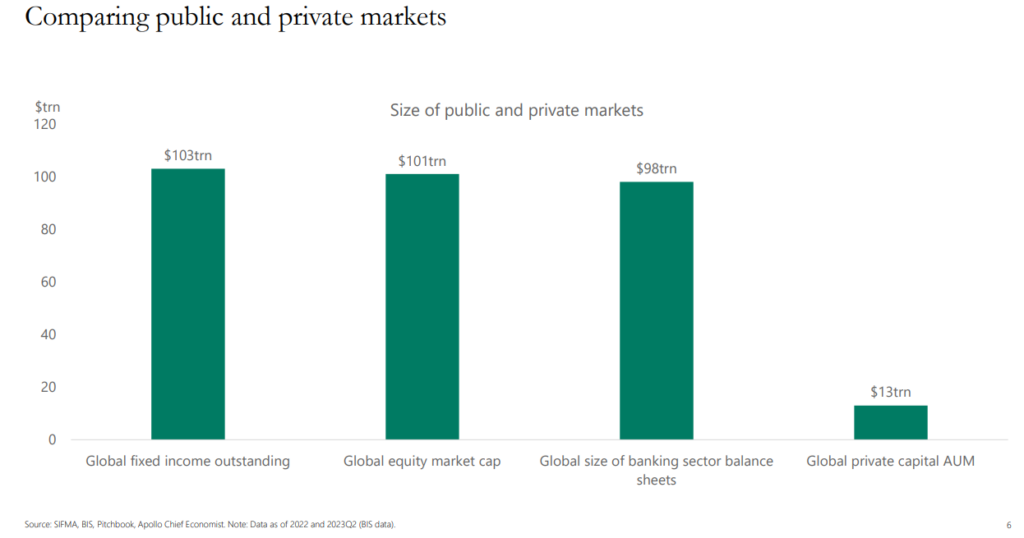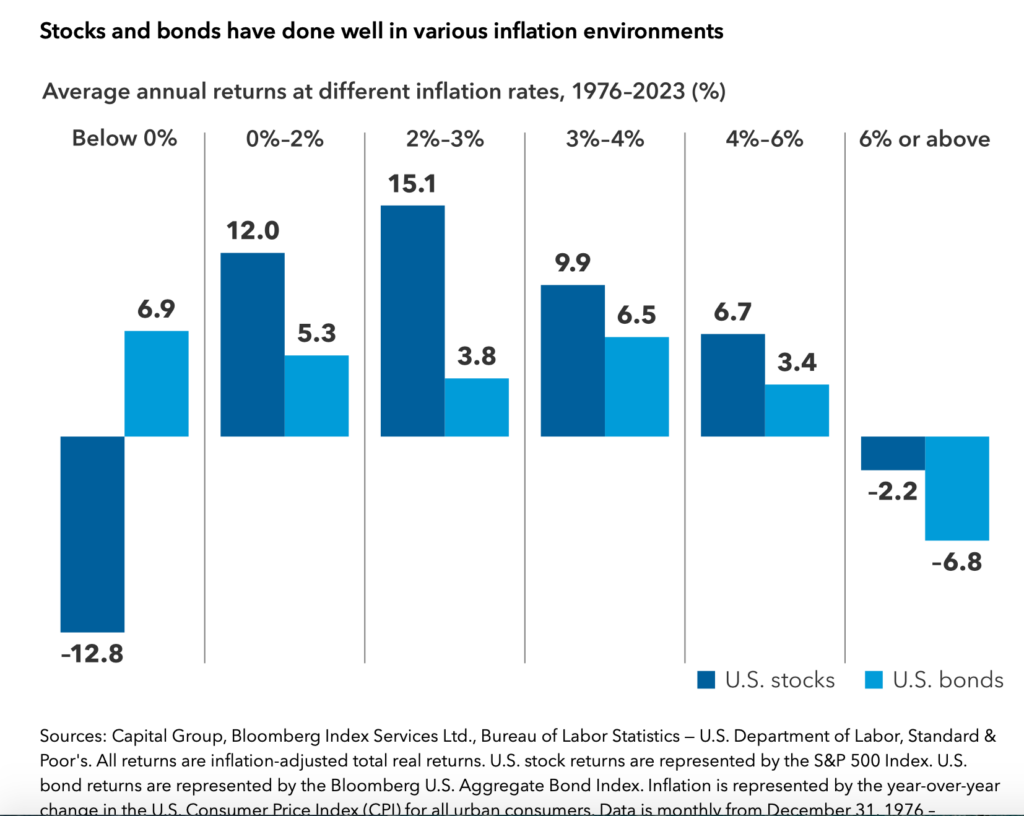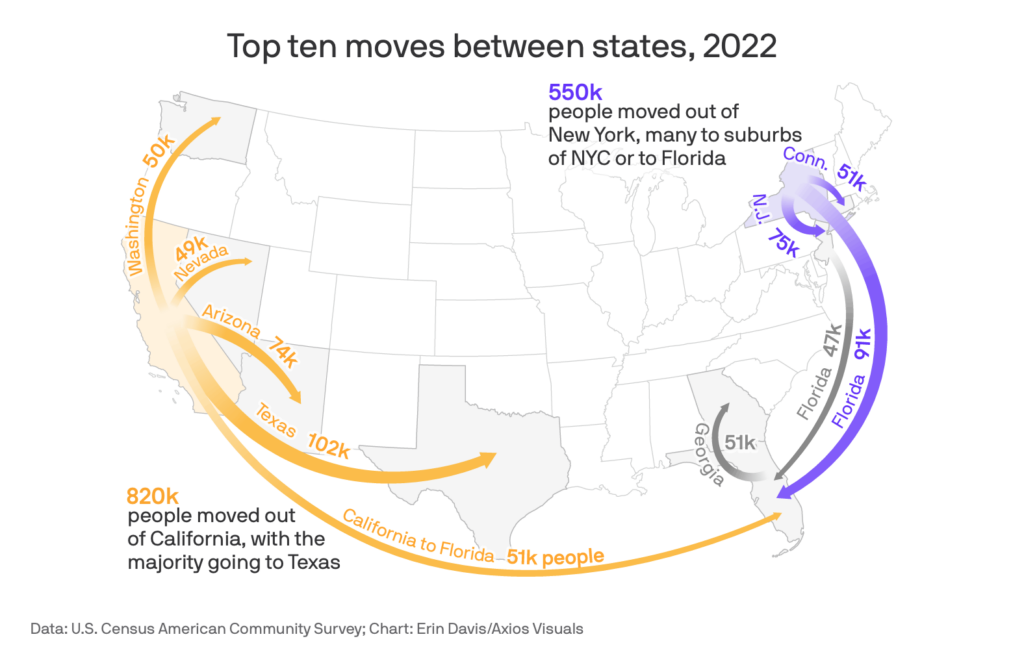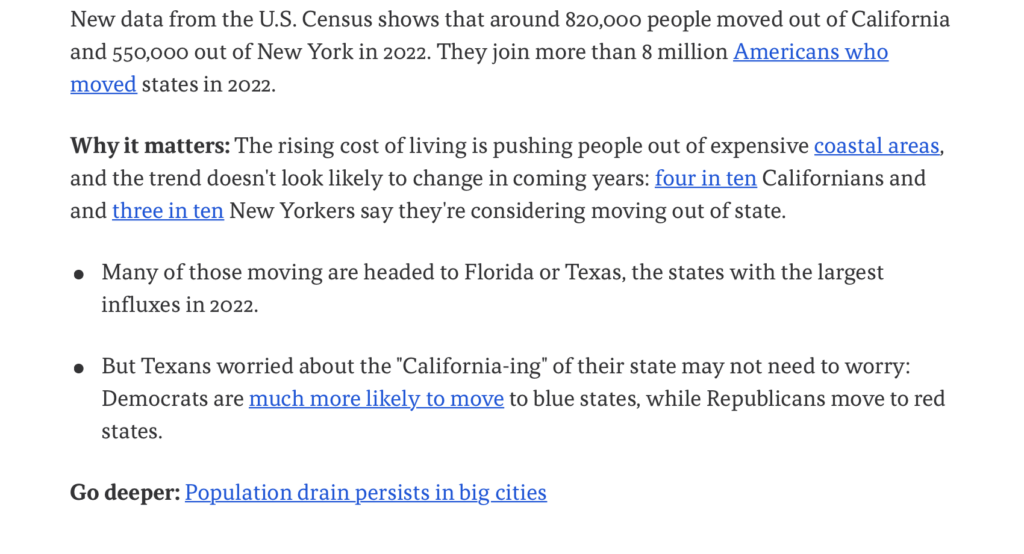1. Magnificent 7 Comparable Valuations.

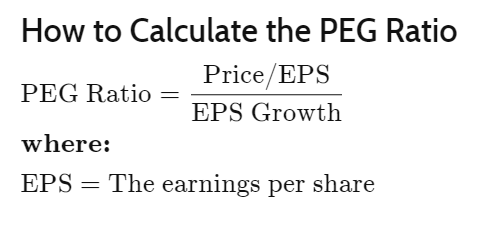
KEY TAKEAWAYS
- The PEG ratio enhances the P/E ratio by adding expected earnings growth into the calculation.
- The PEG ratio is considered to be an indicator of a stock’s true value, and similar to the P/E ratio, a lower PEG may indicate that a stock is undervalued.
- The PEG for a given company may differ significantly from one reported source to another.
- Differences will depend on which growth estimate is used in the calculation, such as one-year or three-year projected growth.
- A PEG lower than 1.0 is best, suggesting that a company is relatively undervalued.
https://www.investopedia.com/terms/p/pegratio.asp
2. Small Cap 600 Hits Covid Levels…P/E 12


3. Equal Weighted to Cap Weighted Lowest Since 2008.

4. U.S. Dollar More New Highs

5. International a Couple Strong Days.
But…Year to Date Dollar Up=Emerging Markets Down….U.S. Dollar +8% vs. Emerging Markets -3%

6. Households Long 60/40 Getting Worried After 2 Years Negative
The 60/40 portfolio continues to underperform and households are getting more worried about their retirement, see chart below.
Torsten Slok, Ph.D.Chief Economist, Partner

7. COST VS. TGT …
This chart shows big outperformance of Costco vs. Target

8. Uranium Making Run at Highs.

9. Home Remodeling=Rates Up Projects Down

10. Your Brain Is Incredibly Creative and Adaptable
Psychology Today The brain’s ability to keep us from becoming prey is a remarkable feat. Justin James Kennedy,
KEY POINTS
- Popular narratives oversimplify the complexity of the brain as a three-layered structure.
- The brain is designed to creatively coordinate actions to adapt to the environment and navigate challenges.
- The brain shares a common foundation with mammals but has a unique, extensive developmental window.
Co-authored by Denise Cooper.
When we learn about the theory of evolution, we often envision a vast interwoven tree that culminates with humans at the end. This perception imbues the natural world with purpose, leading us to reverse-engineer everything and see all previous life forms as mere stepping stones toward humanity. The human brain is a remarkable organ designed to coordinate our actions, enabling us to adapt to our environment and navigate its challenges. However, it is crucial to maintain sight of what the brain is for and how it evolved.
The Brain’s Evolutionary Purpose
Similar to other mammals and vertebrates, the human brain has a common structural foundation. Its true distinction lies in the extensive developmental window through which it matures. Unlike other animals whose instincts primarily prompt flight, fight, or survival behaviors, human infants are born with a different set of questions in mind: “Where am I? What am I dealing with? And what do I need?” These inquiries have been instrumental in propelling human development to its current state.
The Brain’s Evolutionary Arms Race
The evolution of brains was propelled by the predator-prey dynamic, initiating a competitive race between species to outsmart one another. Consequently, the imperative for survival drove the evolution of heightened senses, agile muscles, powerful wings, and swift feet, all necessitating more advanced brains to support these adaptations.
The Brain’s Complexity
The common narrative often simplifies the human brain into three distinct layers: the “lizard brain” for basics, the “limbic brain” for regulation, and the “cerebral cortex” for rationality. However, this portrayal, while convenient, fails to capture the true complexity of our brains. In reality, all brains, regardless of complexity, are intricately designed to coordinate increasingly sophisticated functions.
The human brain, a marvel of complexity, governs our thoughts, emotions, movements, and coordination. What truly distinguishes the human brain is its remarkable creativity and adaptability. Constantly generating innovative ideas and problem-solving solutions, our brains enable us to invent, create art, and find novel approaches, even in challenging circumstances.
Our brains exhibit extraordinary adaptability. When confronted with new challenges, they can rewire themselves to help us overcome obstacles. For instance, when we learn a new language, our brains create fresh neural pathways to store the information.
If we experience the loss of a limb, our brains can remap sensory and motor areas to compensate for the loss. This inherent creativity and adaptability are the essence of our humanity, empowering us to learn, evolve, innovate, and thrive in an ever-changing world.
The Resilience and Brilliance of the Human Brain
Barrett, L. F., & Satpute, A. B. (2013) emphasize that the structure of our brains is not drastically different from that of other mammals or vertebrates. What sets us apart, though, is the extensive developmental phase during which our brains mature. As infants, our instinctive reactions are not solely focused on flight, fight, or hiding; instead, we inquire about our location, situation, needs, and desires.
While it may lack grandiosity, the most remarkable aspect of our brain is its ability to ensure our survival. Our brains have honed their adaptability through countless generations, enabling us to evade the threats. This resilience is a testament to the evolutionary success of our species.
Its adaptability and capacity to navigate complex environments have been pivotal in our species’ progression. As we continue to uncover the mysteries of the brain, it is crucial to appreciate its primal nature and the remarkable journey that has brought us to where we are today—safely and triumphantly evading the perils of our world and designing new and exciting realities.
Conclusion
It is essential to acknowledge that the narratives we construct to showcase our creative side are merely stories, and their accuracy cannot always be verified, as per Barrett, L. F., Mesquita, B., Ochsner, K. N., & Gross, J. J. (2007) The popularised story often told about our brain, which portrays it as a three-layered structure: the “lizard brain” responsible for basic functions, the “limbic brain” for regulation, and the “cerebral cortex” for rationality, is limiting. This storyline is attractive, aligning neatly with the familiar biology classroom poster. But it doesn’t explain the human mind’s extraordinary ability to envision new ideas and turn them into functional tools for our enjoyment and betterment.
Professor Lisa Feldman Barrett offers insights into how the brain processes emotions and the need for social interactions. However, it is crucial to remember the brain’s purpose and how it came into existence. The brain’s fundamental role is to coordinate our actions effectively, enabling us to adapt to our surroundings. Given that the world is filled with surprises, many of which threaten our well-being, possessing a brain is our best defense mechanism.
While it may not be the most glamorous tale or a blockbuster movie plot, let’s take a moment to appreciate the sheer brilliance of our brains. Keep up the great work, brain—you’re doing an exceptional job of bringing wonder and delight to the world and keeping us off the carnivore menu.




